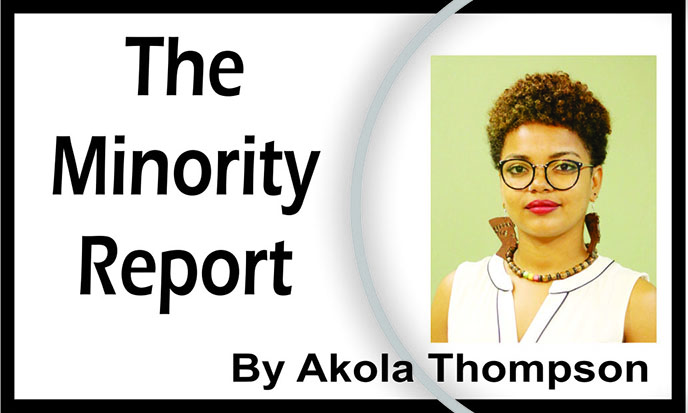Violence Against Girls and Women remains a common feature in Guyana. Our culture not only encourages its maintenance, but also actively shapes it. Those of the female sex are raised with a set of spoken and unspoken rules that they need to abide by in order to avoid violence against them. This of course buys into victim-blaming culture, making the case that those who do not follow the rules simply put themselves in that situation.
For those who are violated, their experiences are often examined against the biases and expectations that have been created of the “perfect victim.” This mirage is used as the standard against which all survivors of violence are held, and whether they receive support and justice is often tied to how closely they can align to the ideal of being the perfect victim.
So what does the perfect victim look like? And if one does not match the criterion that is set out, does it mean that they are not deserving of support? Not deserving of care? The issue with the image of the perfect victim and the way it is portrayed is that it is mostly an illusion; there will always be something for onlookers to pick apart, to question and to shift blame. While women and girls across race, class, sexuality, dis/ability etc. are all vulnerable to violence and victim blaming culture, these vulnerabilities can often be increased depending on where they fall on the scale of being a perfect or acceptable victim. We will examine a few of these factors.
When discussing high abuse rates, a factor that usually comes up is its linkage to poverty. While poverty is not directly connected to one being an abuser or being abused, it can create an environment where persons are more able/vulnerable to enact and experience violence. Sexual predators tend to look for vulnerabilities that they can exploit. Those who are poor are already facing several challenges due to limited resources, and are often viewed as being “less than” when compared to those from more comfortable backgrounds. This latter belief impacts the way that they are treated when they come forward with their experiences of abuse, particularly if they come forward against persons who are well known and respected. There is a popular belief that the justice system only works for the rich and well connected, and this is true in many regards as the standard to which poor women are held is an extremely high one when compared to others.
An intersecting dimension of poverty is the way that the race/ethnic makeup of the survivor is usually weaponized. Black women and girls, particularly darker skinned ones often get painted as being strong and aggressive. In addition to this, they are also highly sexualized, much like Indigenous women, often resulting in them being seen as always ready to have sex, and thus unable to be raped. Indo women are often portrayed as being pure or chaste.
An important inclusion into the analysis of the perfect victim is that of persons living with disabilities, women who love women (WLW), and sex workers. Women and girls living with disabilities are extremely vulnerable to sexual violence. This is connected to several factors, but amongst them is the fact that they are usually less able to put up resistance against the abuser, and there remains a belief that they cannot feel what is happening to them, so it does not matter. Those with invisible disabilities are often scapegoated as being crazy and attention seeking, resulting in abusers seeing them as an easy target, given the low likelihood of them being believed.
WLW such as lesbians, bisexuals etc. often experience sexual violence through what is known as “corrective rape.” The idea is that in order to fix what is seen as being a “deviant” trait, these women need to experience sex with a man. It says a lot about the way that men continue to see the bodies and sexualities of women as ultimately being available to please them. It is this same thinking that also impacts sex workers. Already regarded as participating in a “moral crime,” sex workers also experience high levels of sexual violence regularly. Due to the issues of morality that many see surrounding it however, they are rarely able to get the justice that they need as the crimes against them are seen as retribution. Regardless of one’s work, sexuality, race, or class status however, no one deserves to have their body violated and their stories picked apart. Moving away from the idea of a perfect victim and instead focusing on the care and support that all survivors need, will put us one step closer to lessening the trauma that has become inherent to our society. Survivors of violence deserve more.





